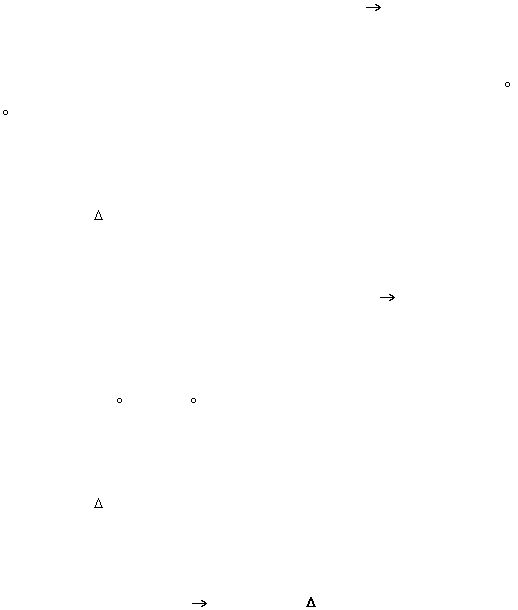
V-7
SHORT ANSWER
(5.0)
13.
(Exp N) In a calorimetry experiment to determine the heat of formation of MgO, magnesium
oxide, a student obtained the following data for the two parts of the experimental procedure.
(NOTE:
Assume for both reactions that the water absorbs all heat and that the solution has a
heat capacity of 4.18 J g
-1 oC-1
and a density of 1.00 g mL
-1
.
Part I - Heat of reaction for Mg
(s)
+ 2H
+
(aq)
Mg
2+
(aq)
+ H
2(g)
A 0.579 g sample of Mg was reacted with excess (60.8 mL) of 1.20 M HCl according to the
procedure used in Experiment O. The initial and extrapolated temperatures were 24.0
C and
65.3
C respectively.
i)
Calculate the heat transferred in the calorimeter.
ii)
Calculate the
H of the reaction per mole of magnesium.
Part II - Heat of reaction for MgO
(s)
+ 2H
+
(aq)
Mg
2+
(aq)
+ H2O
(l)
A 0.957 g sample of magnesium oxide, MgO, was reacted with excess (60.6 mL) of
1.20 M HCl according to the procedure used in Experiment O. The initial and extrapolated
temperatures were 23.3
C and 38.0
C respectively.
iii)
Calculate the heat transferred in the calorimeter.
iv)
Calculate the
H of the reaction per mole of magnesium oxide.
v)
Using Hess’ Law, determine the heat of formation for MgO given:
H
2(g)
+ 1/2 O
2 (g)
H2O
(l)
H = -286 kJ mol
-1
